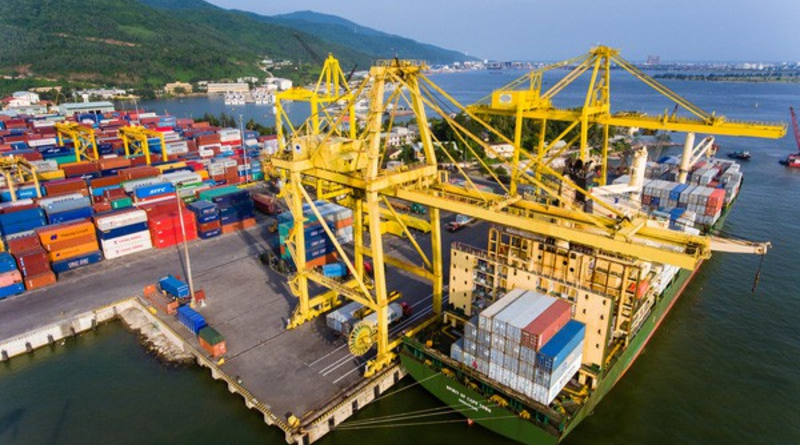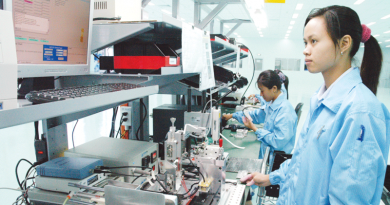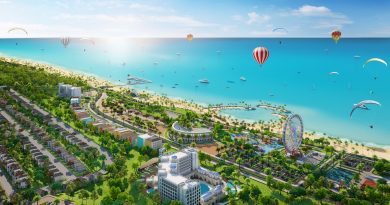Da Nang eyes becoming national maritime economy hub
Da Nang is among 28 coastal cities and provinces with deep-water ports that favor the growth of a maritime economy.
The central city has adopted various policies and solutions to manage, protect, and optimize its marine potential and strengths in a sustainable manner.
To encourage local fishermen to continue to head out to sea and to ease pressure on inshore fishing, the city issued a decision in 2012 with policies on building new vessels, according to the city’s Department of Agriculture and Rural Development.
Apart from financial support ranging from VND500 million (US$21,400) to VND800 million per a new ship, the city has exempted registration fees for boat owners.
With such incentives, 184 boats valued at more than VND120 billion and with a capacity of at least 400CV were churned out between 2012 and the end of 2019, raising the total number of fishing boats in the city to over 1,250 with a combined capacity of 381,508 CV.
Da Nang has also helped fishermen with product preservation, job transfers, and modern equipment.
Its annual seafood catches are estimated at 38,500 to 43,000 tons, worth from VND1.5 trillion to VND1.75 trillion.
At the same time, the city has invested in fishery logistics as it looks to become a fisheries Centre in the central region.
The 62-ha Tho Quang Port, which comprises a fishing port, a wholesale market, and a shelter for vessels, was built at an investment of VND180 billion during the 2004-2010 period, said Nguyen Lai, Deputy Head of the Tho Quang Port Management Board.
It caters to more than 19,000 boats and over 100,000 tons of seafood each year, he said, adding that the Ministry of Agriculture and Rural Development and Da Nang have jointly launched a VND217.5 billion project on upgrading and expanding the port.
The port is expected to help boost fisheries in Da Nang and the central region in general.
In implementing Politburo Resolution No. 43-NQ/TW dated January 24, 2019 on the development and building of Da Nang by 2030 and vision towards 2045, the city’s Party Committee has rolled out a thematic program on logistics and seaport development, turning the city into a national maritime economic hub, said Secretary of the municipal Party Committee Truong Quang Nghia.
Under this, Da Nang will promote logistics that match its potential and strengths to enhance the production and competitiveness of businesses in the sector and effectively implement logistics services in the East-West Economic Corridor towards high added value, professionalism, and modernity.
It will also pay attention to transport infrastructure development and the application of information technology (IT), e-commerce, and the digital economy.
By 2020, local logistics centres are set to handle 25% of cargo in the city, 30% by 2025, 34.5% by 2030, and 50% by 2045.
To that end, Da Nang will upgrade its international airport, aiming to serve 28-30 million passengers and 200,000 tons of cargo per year by 2030, and turn Da Nang Seaport into a national facility. It will also consider turning Lien Chieu Port into an exclusive facility for cargo and containers.
Regarding sustainable maritime economic development, Vice Chairman of the Da Nang City People’s Committee Ho Ky Minh said that apart from investment in maritime tourism and services, the city will focus on major sectors like navigation, fisheries, and renewable energy.
It will mobilize all resources to build the Da Nang Port cluster into a large and modern cluster and a port centre in the central region that meets regional standards, improve the capacity of its ports, develop vessel fleets, raise service standards, and intensively join transport supply chains.
It will increase hi-tech applications in fishing methods, step up offshore fishing and connectivity in this regard, develop industries based on marine biodiversity, and promote wind and solar power and other types of renewable energy in service of sustainable maritime economic development.
Source:VOV







